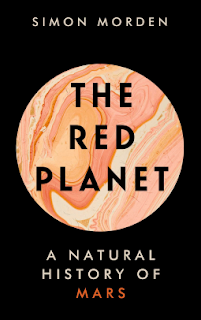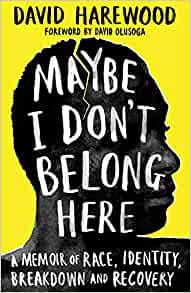This is business as usual from Patricia Cornwell’s later Scarpetta novels - Kay Scarpetta is rude and arrogant and better than everyone, all men are potential rapists and/or murderers, there is endless product placement padding out the narrative, and all the supporting characters have many annoying characteristics to make Scarpetta look better. Oh, and Scarpetta judges and looks down on practically everybody.
The book begins with a simple murder case and ends up bordering on science-fiction. The storyline is faintly ludicrous and makes me think that Cornwell had two separate but incomplete but incongruous storylines lying around the house and decided to mash them together to make a full-length book. Everything is connected, of course, but it is a slog getting there.
Cornwell makes sure to reference the zeitgeist with mentions of the pandemic and the inclusion of a female Vice President, the latter presumably included so Cornwell could highlight the fact that she isn’t the actual President. Yes, the President, because Scarpetta is eventually called to the White House to investigate an incident in space. I think Patricia has been reading a few too many James Patterson books; there is even a drawing of the White House on the frontispiece, and quite probably the cover.
If you’ve read earlier Scarpetta novels then you’ll be used to the first-person narrative and clinical tone. Whilst the book is competently written, the constant criticism of other characters from Scarpetta’s point of view grates after a while. I get the impression that Cornwell wants to turn Scarpetta into a world-saving heroine, which does not suit the character and actually does her a disservice. My mother’s rather more succinct review of the book declared it to be “a bit far-fetched”. It certainly is, and doesn’t match the quality of the early Scarpetta novels.















